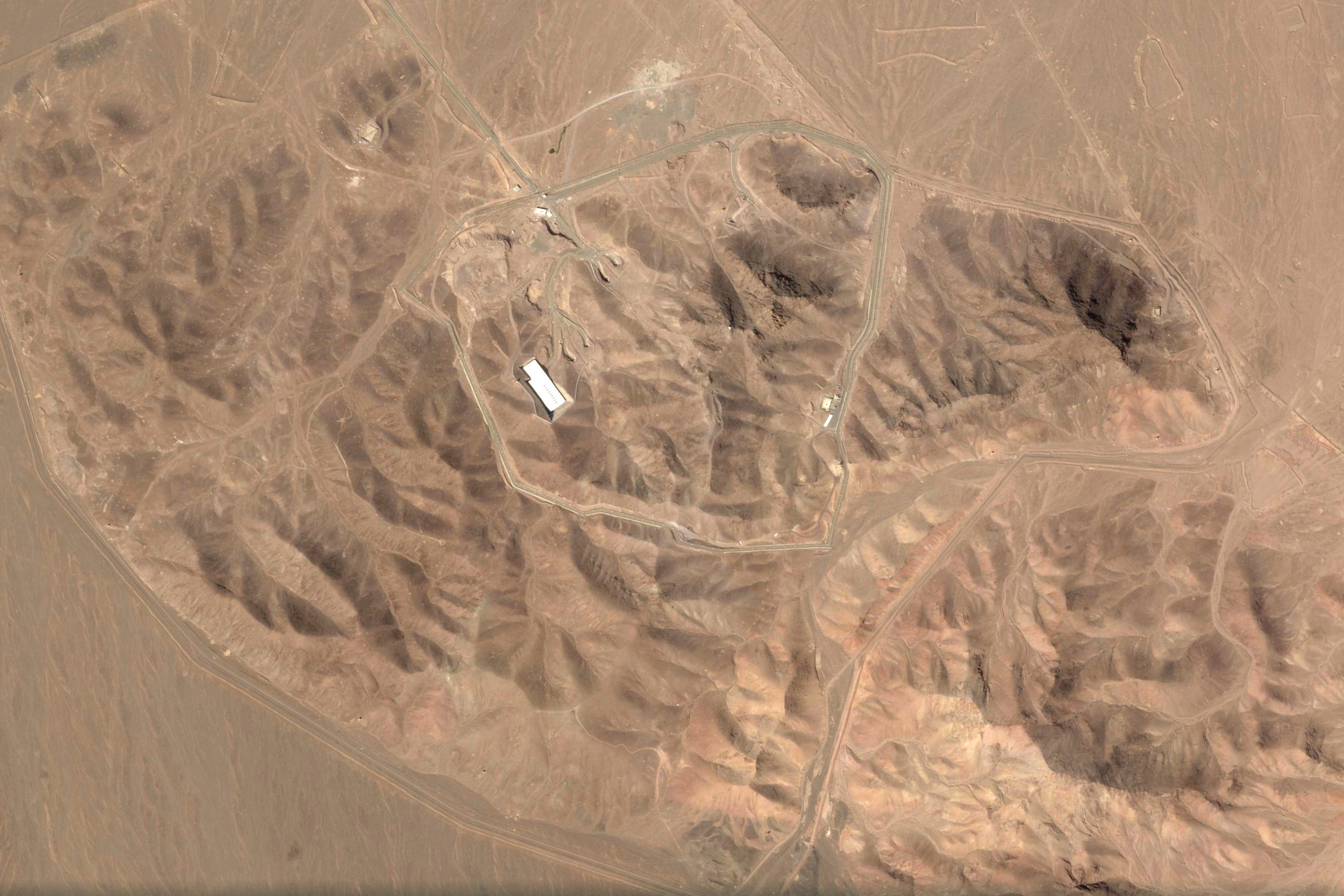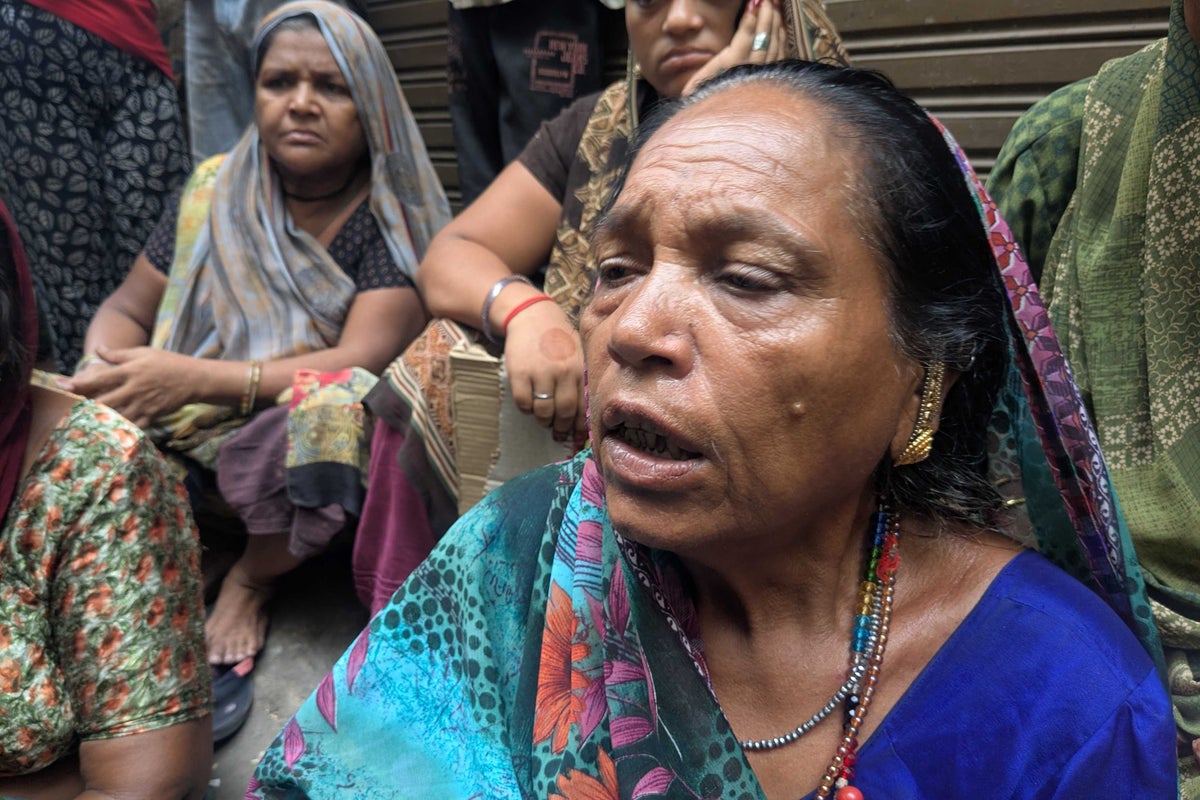ARTICLE AD BOX
Israeli forces launched attacks on Iranian nuclear and military facilities on Friday, escalating tensions amid concerns over Tehran's nuclear ambitions.
Israeli officials justified the strikes as a necessary measure to counter what they described as an impending threat of Iran developing nuclear weapons.
Iran has consistently maintained that its nuclear programme is for peaceful purposes, while an assessment from US intelligence agencies has indicated that Tehran is not actively pursuing nuclear weapons.
The attacks occurred a day after the International Atomic Energy Agency's Board of Governors criticised Iran for the first time in two decades for its lack of cooperation with inspectors.
In response, Iran announced plans to establish a third enrichment site and replace existing centrifuges with more advanced models.
These developments follow discussions between the US and Iran, which aimed to ease economic sanctions on Iran in return for significant restrictions on its uranium enrichment activities.
Here is a look at some major Iranian nuclear sites and their importance in Tehran’s programme.

Iran’s nuclear facility at Natanz, located some 135 miles southeast of Tehran, is the country’s main enrichment site.
Part of the facility on Iran’s Central Plateau is underground to defend against potential airstrikes. It operates multiple cascades, or groups of centrifuges working together to more quickly enrich uranium.
Iran also is burrowing into the Kūh-e Kolang Gaz Lā, or Pickax Mountain, which is just beyond Natanz’s southern fencing. Natanz has been targeted by the Stuxnet virus, believed to be an Israeli and American creation, which destroyed Iranian centrifuges. Two separate sabotage attacks, attributed to Israel, also have struck the facility.
Fordo enrichment facility
Iran’s nuclear facility at Fordo is located some 60 miles southwest of Tehran. It also hosts centrifuge cascades, but is not as big a facility as Natanz.
Buried under a mountain and protected by anti-aircraft batteries, Fordo appears designed to withstand airstrikes.
Its construction began at least in 2007, according to the International Atomic Energy Agency, although Iran only informed the UN nuclear watchdog about the facility in 2009 after the US and allied Western intelligence agencies became aware of its existence.

Bushehr nuclear power plant
Iran’s only commercial nuclear power plant is in Bushehr on the Persian Gulf, some 465 miles south of Tehran. Construction on the plant began under Iran’s Shah Mohammad Reza Pahlavi in the mid-1970s. After the 1979 Islamic Revolution, the plant was repeatedly targeted in the Iran-Iraq war. Russia later completed construction of the facility.
Iran is building two other reactors like it at the site. Bushehr is fueled by uranium produced in Russia, not Iran, and is monitored by the United Nations’ International Atomic Energy Agency.
Arak heavy water reactor
The Arak heavy water reactor is 155 miles southwest of Tehran.
Heavy water helps cool nuclear reactors, but it produces plutonium as a byproduct that can potentially be used in nuclear weapons. That would provide Iran another path to the bomb beyond enriched uranium, should it choose to pursue the weapon.
Iran had agreed under its 2015 nuclear deal with world powers to redesign the facility to relieve proliferation concerns.

Isfahan Nuclear Technology Centre
The facility in Isfahan, some 215 miles southeast of Tehran, employs thousands of nuclear scientists. It also is home to three Chinese research reactors and laboratories associated with the country’s atomic programme.
Tehran Research Reactor
The Tehran Research Reactor is at the headquarters of the Atomic Energy Organisation of Iran, the civilian body overseeing the country’s atomic programme.
The US actually provided Iran the reactor in 1967 as part of America’s “Atoms for Peace” programme during the Cold War. It initially required highly enriched uranium but was later retrofitted to use low-enriched uranium over proliferation concerns.








 English (US) ·
English (US) ·